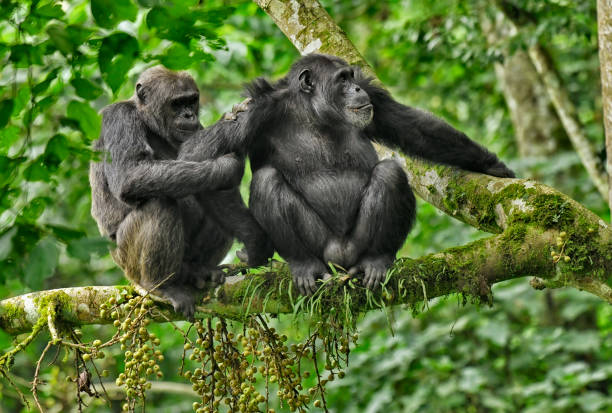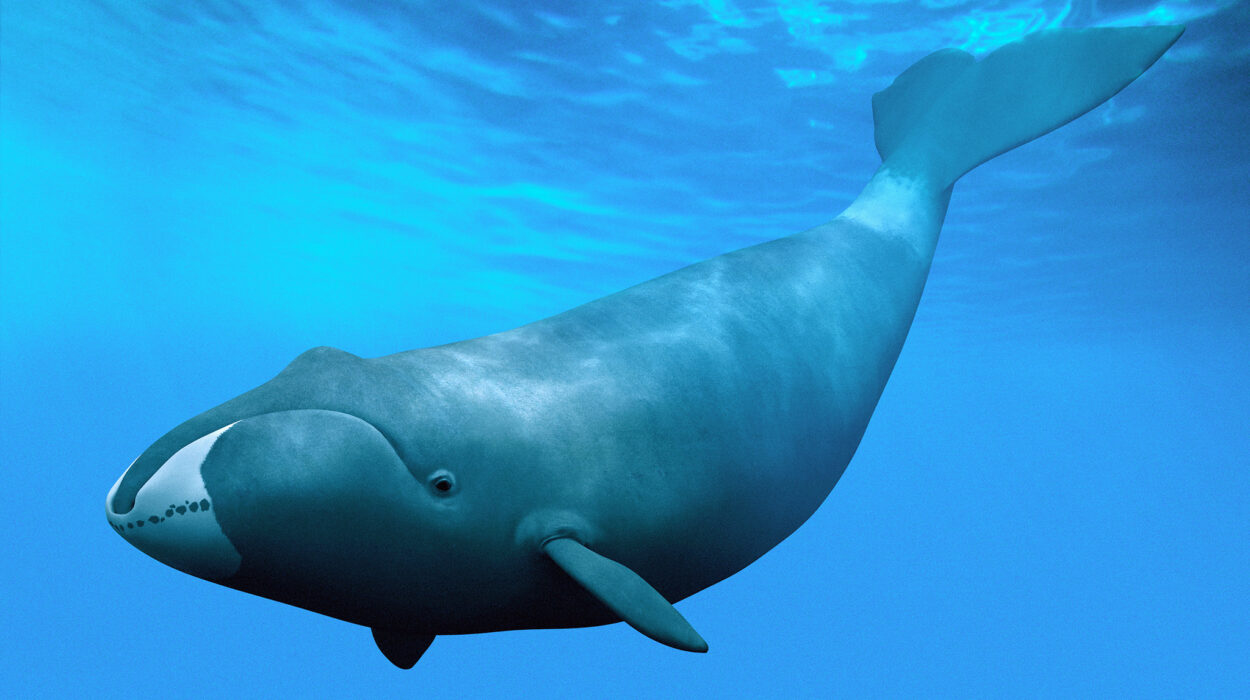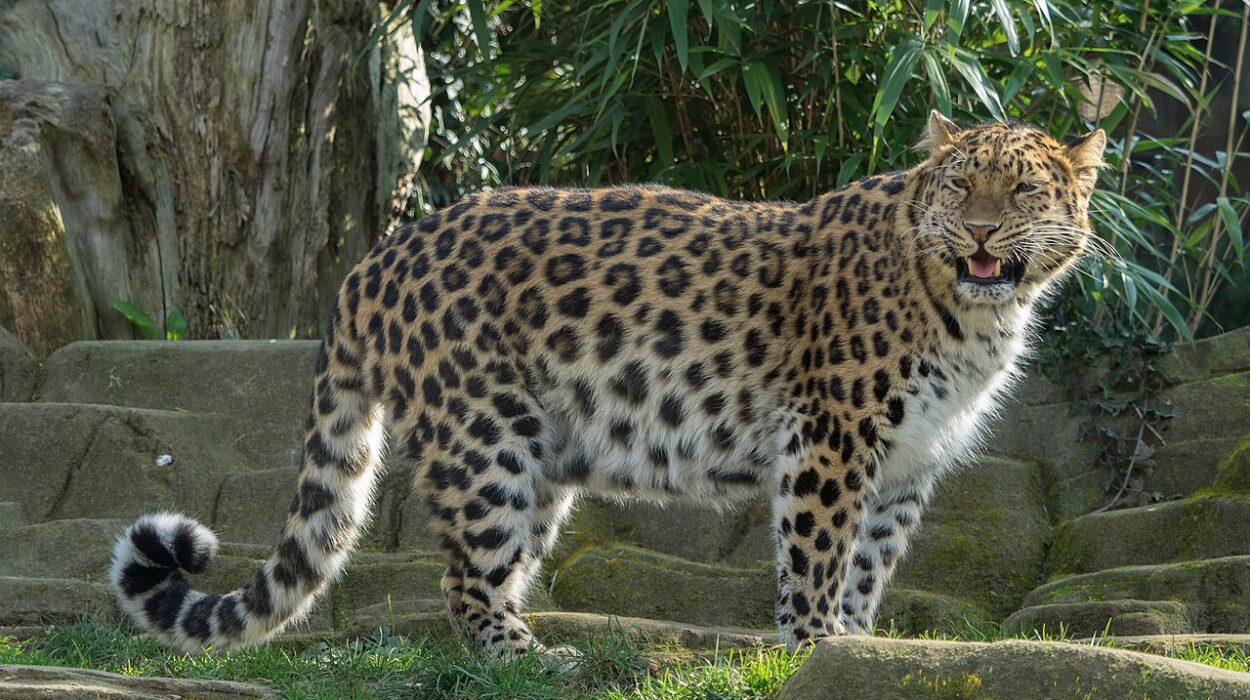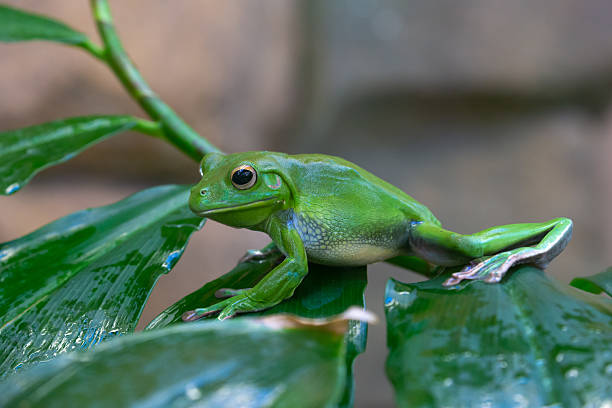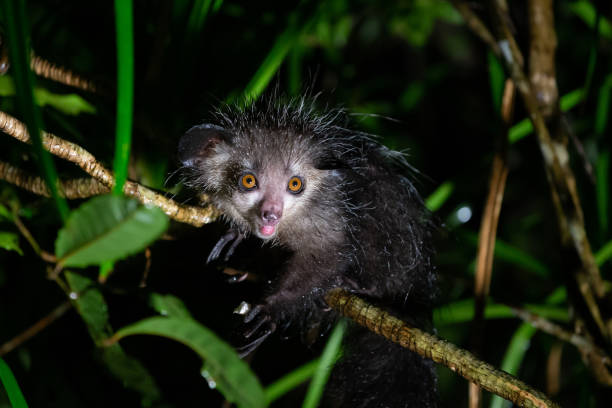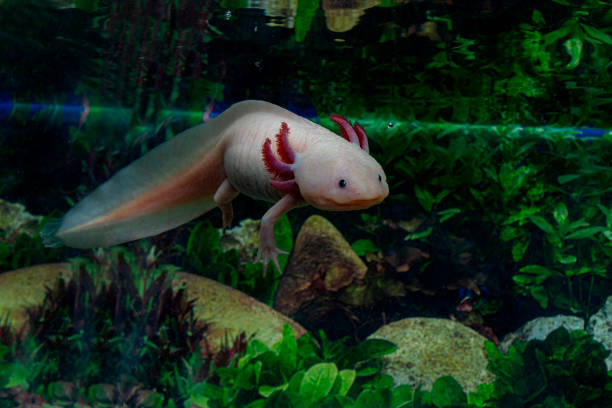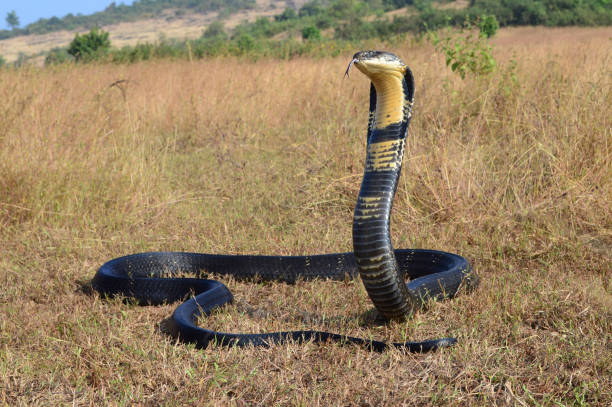Intelligence is not the monopoly of humankind. Across our planet, beneath the waves, in the forests, skies, and even underfoot, other minds are at work — reasoning, planning, remembering, solving, and feeling. The animal kingdom is rich with remarkable examples of cognition that challenge our understanding of what it means to think, to feel, and even to be self-aware.
In this emotionally charged exploration of the 10 most intelligent animals on Earth, we journey through the hidden realms of animal minds — where creativity, empathy, and problem-solving are not unique to humans, but shared across the great tapestry of life.
1. Chimpanzees – Our Brilliant Cousins
Among all the animals on Earth, none come closer to mirroring the human mind than the chimpanzee. Sharing about 98.8% of our DNA, chimpanzees are more than just our relatives — they are reflections of ourselves in a wilder form.
Chimpanzees can learn sign language, recognize themselves in mirrors, and use tools in astonishingly sophisticated ways. In the forests of Africa, they craft spears from sticks to hunt smaller animals, crack open nuts with carefully chosen stones, and even fashion makeshift sponges from leaves to drink water.
What makes their intelligence truly remarkable, however, is not just their tool use but their social and emotional depth. They live in complex communities governed by hierarchy, cooperation, and strategy. Chimpanzees form alliances, reconcile after conflicts, and even engage in acts of deception — suggesting a deep understanding of others’ minds.
Studies by primatologists like Jane Goodall have revealed that chimps experience grief, joy, and empathy. They mourn the deaths of companions and comfort one another with tender gestures. When we look into their expressive eyes, we are looking into an ancient mirror — a reflection of where our own intelligence began.
2. Dolphins – The Geniuses of the Sea
In the vast, blue expanse of the ocean, the dolphin reigns supreme as one of the most intelligent beings on the planet. Bottlenose dolphins, in particular, possess extraordinary brains — larger and more convoluted than ours in certain regions related to social and emotional processing.
Dolphins communicate using a rich system of clicks, whistles, and body movements. They can identify each other through unique signature whistles — names of a sort — and coordinate complex group behaviors with surgical precision. Entire pods work together to herd fish into tight balls, take turns feeding, and even protect injured members.
But what truly sets dolphins apart is their self-awareness and playfulness. In experiments, they recognize themselves in mirrors, a rare trait shared only by a few species on Earth. They play games, use tools such as marine sponges to protect their snouts while foraging, and display remarkable problem-solving skills.
Their empathy is legendary. Dolphins have been known to rescue other animals — even humans — from danger. Their intelligence feels familiar yet alien, as though the sea itself has evolved its own version of consciousness. To watch a dolphin leap through the waves is to glimpse pure, joyful intellect in motion.
3. Elephants – The Gentle Philosophers
Few animals exhibit emotional and social intelligence as deeply as elephants. These magnificent giants possess the largest brains of any land animal, and within those vast neural networks lies profound memory, empathy, and self-awareness.
Elephants recognize themselves in mirrors, can distinguish hundreds of different individuals by sight, scent, and sound, and remember watering holes and migration routes even decades later. But their intelligence is not just practical — it is emotional and moral.
When an elephant encounters the bones of another, it will pause, touch the skull gently with its trunk, and often remain silent for long moments. This behavior, seen across many herds, suggests a capacity for mourning and a recognition of death — something once thought to be uniquely human.
They communicate through deep, infrasonic rumbles that can travel miles underground, allowing distant herds to stay in touch. They cooperate to rescue calves from mud pits, assist injured members, and display compassion across generations.
In captivity, elephants have even learned to paint, solve puzzles, and mimic human speech. Their intelligence is immense, but their wisdom lies in their empathy — the quiet strength of minds that feel deeply.
4. Crows – The Feathered Problem-Solvers
If intelligence were measured by adaptability, creativity, and innovation, crows would easily rival primates. These black-feathered geniuses belong to the corvid family — a group that includes ravens, rooks, and magpies — and their mental abilities are nothing short of astonishing.
Crows can use and make tools, solve multi-step puzzles, and even understand the concept of water displacement. In one experiment, a crow dropped pebbles into a half-filled pitcher to raise the water level high enough to reach a floating treat — a behavior reminiscent of Aesop’s fable, once thought to be pure myth.
They recognize human faces and can remember them for years, distinguishing between friend and foe. Urban crows have learned to use traffic to crack nuts — dropping them on the road and waiting for cars to do the hard work, then swooping in to collect their snack safely during red lights.
But perhaps the most haunting sign of their intelligence is their social awareness. Crows hold what appear to be funerals, gathering silently around their dead, perhaps to understand what happened or to learn from danger. They also play, tease, and communicate with a vocabulary of calls that vary from region to region — evidence of cultural transmission.
Crows remind us that intelligence wears many forms — sometimes cloaked in black feathers and carried on the wind.
5. Octopuses – The Alien Minds of the Deep
In the mysterious depths of the ocean lurks one of nature’s strangest and most brilliant creatures: the octopus. With three hearts, blue blood, and a nervous system spread throughout its body, the octopus is as close to an alien intelligence as we may ever encounter on Earth.
Despite their lack of bones and short lifespans, octopuses demonstrate remarkable problem-solving skills. In laboratories, they have escaped sealed containers, opened jars from the inside, and even unscrewed valves to flood aquariums — all to reach a meal or simply to explore.
Each arm of an octopus contains a cluster of neurons capable of independent decision-making, giving it a form of distributed intelligence. It’s as though each limb thinks for itself, coordinating with the others to achieve a shared goal.
Octopuses use tools, build shelters from coconut shells, and camouflage themselves with breathtaking artistry — changing color, texture, and shape in a fraction of a second. Their curiosity is insatiable; they play, investigate, and manipulate their environment for sheer fascination.
Their intelligence is eerie because it evolved entirely independently from our own. When an octopus looks back at you through its alien, shifting eyes, it feels like the universe reminding us that there are many ways to be smart — and many forms of mind.
6. Parrots – The Masters of Mimicry and Meaning
Parrots are not only gifted mimics but true communicators. Their bright feathers hide a brain that rivals those of primates in complexity. Species like the African grey parrot have demonstrated astonishing cognitive abilities — including understanding words, numbers, colors, and even abstract concepts like “same” and “different.”
The late African grey parrot named Alex, studied by Dr. Irene Pepperberg, changed the world’s understanding of avian intelligence. Alex could identify over 100 objects, count to six, recognize colors and shapes, and even express desires and emotions. When asked how many blue keys were on a tray, he could answer correctly — not by rote memorization, but by genuine comprehension.
Parrots also form strong emotional bonds and understand the subtleties of social interaction. In the wild, they use unique calls — much like names — to identify one another, and they cooperate in flocks using coordinated vocal signals.
Their mimicry is not mere imitation; it’s a form of social learning. They use sound to connect, to play, and to express themselves. In every word a parrot speaks, there echoes a mind striving to understand — and to be understood.
7. Dogs – The Loyal Intellects
For thousands of years, dogs have lived beside us — learning our habits, our moods, our gestures, and even our language. Their intelligence is born of empathy, cooperation, and an unparalleled sensitivity to human cues.
Dogs can understand hundreds of words, interpret emotions through facial expressions, and even detect diseases like cancer through scent. Their ability to read human body language surpasses that of any other species, including chimpanzees.
Some breeds, like border collies, demonstrate extraordinary reasoning abilities. A collie named Chaser famously learned over 1,000 words and could distinguish between nouns and verbs — the kind of linguistic understanding once thought impossible for nonhuman animals.
But dogs’ intelligence is not only cognitive; it’s emotional. They comfort us when we cry, share our joy, and adapt their behavior to fit our moods. Their minds are built around cooperation and love — qualities that make their form of intelligence uniquely intertwined with our own.
When a dog looks at you, tail wagging and eyes shining, it’s not blind devotion — it’s understanding.
8. Pigs – The Underrated Thinkers
Often underestimated, pigs are among the most intelligent and emotionally complex animals on Earth. Their cognition rivals that of dogs and even young human children in many respects.
Pigs can navigate mazes, understand symbolic language, and learn complex tasks astonishingly fast. In studies, they have used mirrors to find hidden food — a sign of self-awareness and spatial reasoning. They can also recognize individuals, remember locations, and even play simple video games using a joystick.
Beyond their mental prowess, pigs display deep emotional intelligence. They form strong bonds, experience empathy, and communicate through a rich array of vocalizations and body language. In social groups, they cooperate, resolve conflicts, and share resources.
Despite their intelligence, pigs are often denied the recognition they deserve. To truly appreciate them is to understand that intelligence is not confined to appearance or species — it is a spark of consciousness glowing in many forms.
9. Whales – The Ocean’s Philosophers
Beneath the waves swim the ocean’s giants — creatures whose minds are as deep and mysterious as the sea itself. Among them, whales, especially orcas and sperm whales, display staggering intelligence and emotional sophistication.
Orcas, or killer whales, live in tight-knit family groups governed by complex social structures and distinct dialects. Each pod has its own vocal traditions — cultural identities passed down through generations. They hunt with breathtaking coordination, using strategies that vary from region to region, much like human cultures.
Sperm whales, with the largest brains of any creature on Earth, communicate using intricate patterns of clicks known as codas. Recent research suggests these codas may form a rudimentary language — one capable of conveying identity, emotion, and intention.
Whales also exhibit empathy and mourning. There are countless reports of whales supporting injured companions or carrying their dead calves for days, unwilling to let go. Their intelligence seems infused with emotion, a quiet wisdom that flows as deep as the ocean currents.
When a whale sings, it is more than a sound — it is a message from another mind, ancient and vast.
10. Rats – The Tiny Geniuses
At first glance, rats may seem an unlikely addition to the list of the most intelligent animals. Yet, beneath their twitching whiskers lies a sharp and flexible mind. Rats excel at learning, memory, and problem-solving. They can navigate complex mazes, remember routes for months, and even exhibit empathy toward their peers.
In laboratory experiments, rats have been observed freeing trapped companions, even when no reward is offered — a sign of compassion once thought unique to humans. They also demonstrate metacognition, the ability to think about their own thinking, by choosing whether or not to attempt difficult tasks based on their confidence in success.
Their social intelligence is equally impressive. Rats communicate through ultrasonic calls, groom one another, and establish intricate social hierarchies. They can cooperate for mutual benefit and even delay gratification, showing a level of self-control that mirrors our own.
In many ways, rats represent the quiet brilliance of survival — intelligence honed not for grandeur, but for resilience. They adapt, learn, and thrive wherever they go.
The Many Faces of Intelligence
Intelligence is not a single scale upon which all species can be measured. It is a mosaic — a living spectrum of different abilities, emotions, and ways of understanding the world.
A dolphin’s song, a crow’s tool, an elephant’s grief, a dog’s empathy — each reveals a different facet of awareness. These minds evolved not to mimic ours, but to thrive in their own worlds, under their own stars.
What unites them all is the spark of curiosity, creativity, and feeling that glows within. The same spark that drives us to explore, to learn, to dream.
To study these animals is not merely to compare their intelligence to our own, but to recognize the many forms that consciousness can take. The world is alive with thought — not just human thought, but the countless quiet intelligences that share our planet.
In their gaze, we see reflections of our own minds — different, yes, but kindred. And in that recognition lies one of the most profound truths of all: that intelligence is not what separates us from nature, but what binds us to it.
